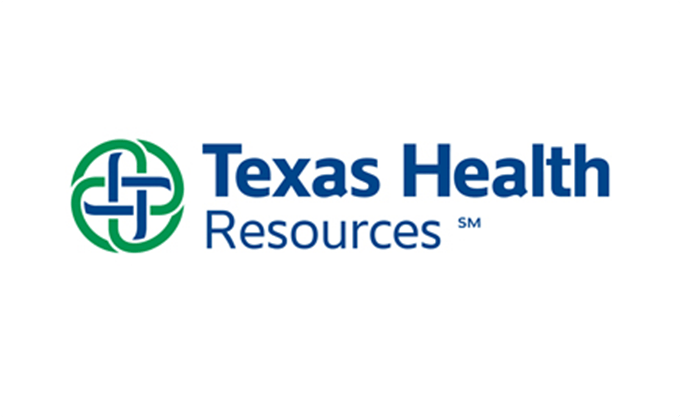Texas Health Resources Joins National Health Equity Collaborative, Launches Initiatives to Address Social Determinants of Health in Erath County – State of Reform
Texas Health Resources was selected as one of 20 teams nationwide to participate in the American Hospital Association (AHA) Hospital community collaboration. The national collaboration aims to provide proven knowledge and resources to create effective collaborations between hospitals and community organizations to advance health equity.
The Texas Health team, including Erath County United Way and Tarleton State University, supported the Erath County Community Bridge Program. The program focuses on launching initiatives to reduce depression and anxiety, increase access to healthy foods, and improve resource navigation services in specific high-needs areas of the county. Erath.
Marsha Ingle, senior director of community health improvement at Texas Health Resources, said addressing the social determinants of health in target communities will be especially critical to advancing health equity in these areas. .
“We really want to transform health outcomes by truly serving as a proactive and collaborative catalyst for improving health throughout a person’s life. And we sort of do it backwards… So it’s not about dealing with the symptoms, it’s about going back and dealing with what’s really causing the problems. Health doesn’t happen in a bubble, it happens in an environment and we need to know what’s going on in that environment before we can deal with health.
She highlighted how failure to address a person’s lack of access to healthy food, for example, can ultimately lead to negative health outcomes.
“…If you don’t know where your next meal is coming from, it really increases anxiety…not knowing where you’re going to eat next, or if you’re going to eat next, can really make depressive feelings worse. So these genres feed off each other. So when one is present, it interacts with the others. [Resource] navigation services are very important, especially in rural areas… people who need the services do not know how to access the services. There are so many ways the social determinants of health have a real impact on a person’s health. And that’s one of the most exciting things about this work is being able to really address some of these social determinants of health and see the impact that they have.
Ingle pointed out that Texas’s Health’s participation in the AHA collaboration was a good fit for the organization, as Texas Health had already made significant investments and launched initiatives focused on health equity in these high-needs areas by through its Community Health Improvement Team, such as resilience training programs in school districts and grocery stores inside high schools.
“The most important thing that we have learned from participating in this collaboration is really the strategies and the resources to help build our capacity to collaborate with external organizations, to improve our efforts to go upstream to address these social determinants of health. One of the things we are passionate about is investing in our people – giving our people the resources and the tools or access to those tools to help them help these organizations create strong collaboration.
She went on to add how the AHA collaboration enabled them to adapt strategies for both urban and rural areas.
“When you look across the 12 counties we serve under [Texas Health’s community health improvement team], there really is a big difference. There’s a huge difference between Dallas and Tarrant County and Erath County… You can’t approach them the same way because they’re really on different levels. And so looking through the lens of working with the AHA hospital community, it really allowed us to tailor what we really had specifically for [rural areas] … What does the rural population need? And how does this differ from what is needed in more urban counties? »
Ingle said they identify their target counties and zip codes by analyzing primary and secondary data collected through the Community Health Needs Assessment which is conducted every three years, as well as through focus groups. discussion held with communities and the Texas Health Community Impact Council and five regional leaders. advice.
She stressed the importance of going into the communities and talking to the members in addition to reviewing the assessment data.
“[The community health needs assessment] … kind of defines our framework around what we need to address… Your health data, your demographics, your social needs, your index, all of that is very important. But without the voice of the community, without those focus groups, and without hearing from the target populations…you’re really missing something.
… The Board of Directors is made up of community volunteers … [it’s] where you really get the people who live in those communities… They have the ability to help us understand the data [and] help us prioritize the data… For example, [with] COVID Vaccines, there are zip codes in our service area that are significantly behind in the vaccination rate. So we look at that data and say, where are the health disparities? And how should we deal with it? »
Ingle said they are currently implementing the initiatives in Erath County, as well as taking the strategies learned through the AHA collaboration and applying them to Texas Health’s broader community impact work. .
“This collaboration has really laid the groundwork and is implementing the strategies they learned, and the implementation of the programs has already begun. In fact, they’ve already seen some early results, so we’re really excited to see how this collaboration develops. I think one of the things that we’re also interested in about this particular program is that if it succeeds [in Erath County]to replicate that in the counties that are in the southern zone of our community impact region, which are Kauffman and Johnson.


Comments are closed.